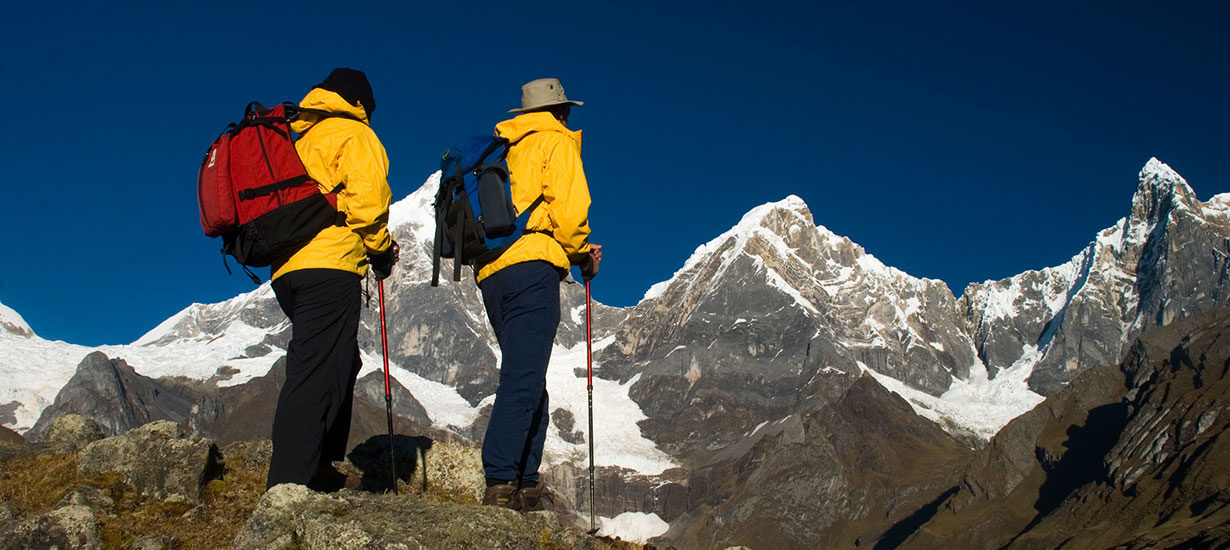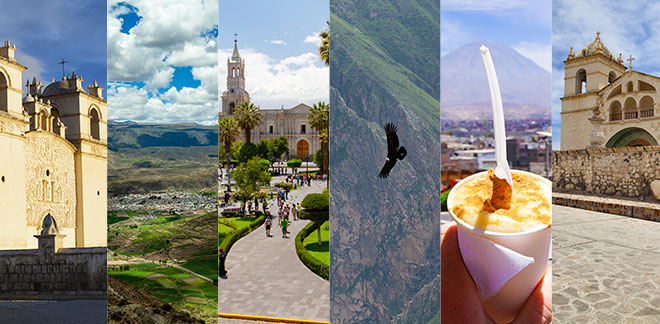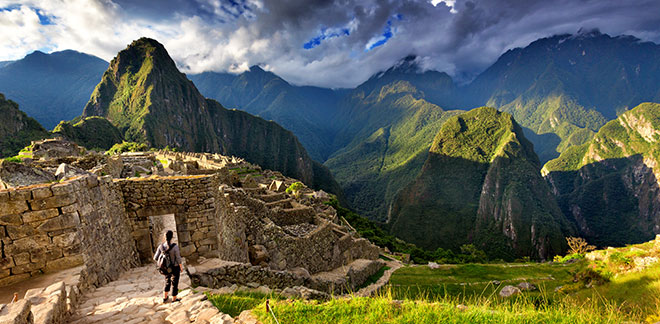Mountains Day: Discover Peru’s 5 most dazzling peaks
Síguenos en:Google News
These mountains are guardians of history, spirituality, and natural beauty—true natural treasures to be cherished.
Peru's exceptional geography and biodiversity give rise to mountains that impress not only with their towering heights but also with their stunning beauty and profound cultural significance, as many are considered sacred by Andean communities.
Celebrated for their altitude, beauty, and deep ancestral roots, the following mountains are among Peru’s most remarkable. Known for the unique experiences they offer; these peaks captivate all who visit.
Huascaran: Peru's roof
Located in Huascaran National Park in the Ancash region, Huascaran stands as Peru’s highest mountain, reaching an impressive 6,768 meters above sea level. This majestic peak is part of the Cordillera Blanca, the highest tropical mountain range in the world.
Huascaran draws mountaineers and adventurers from around the globe and is rich in biodiversity. Its glaciers and high-altitude ecosystems are home to unique species, including the spectacled bear and the Andean condor.
Climbing Huascaran is a challenging endeavor, as the altitude and conditions demand intense physical preparation. However, the park’s beauty, along with its 102 climbing destinations and 25 trekking circuits, offers visitors the chance to experience breathtaking views and stunning glaciers without needing to reach the summit.
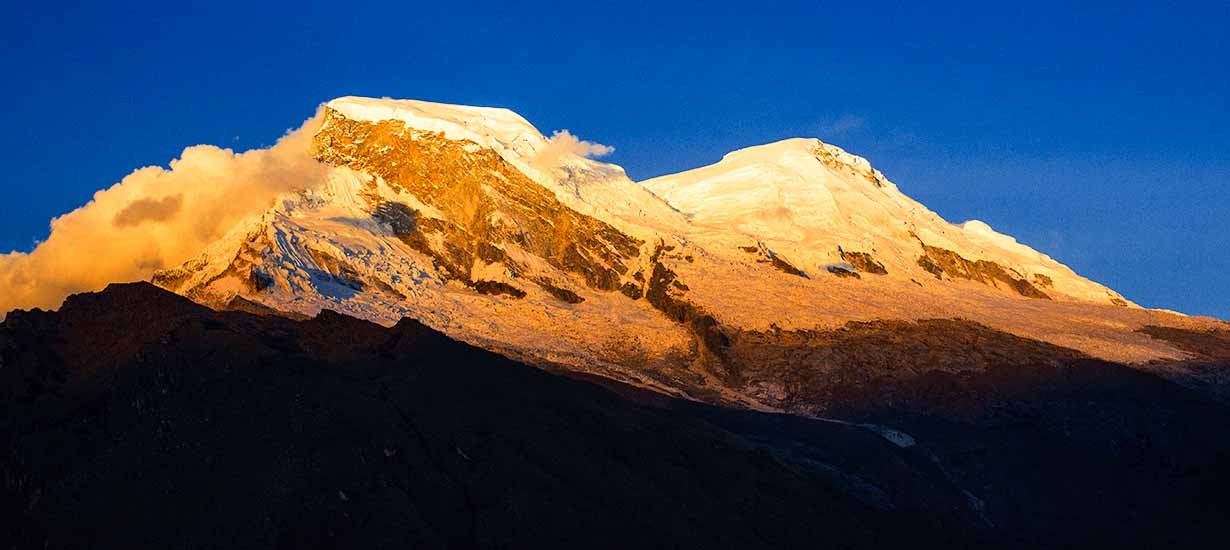 Huascaran snow-capped mountain, Yungay | Source: Daniel Silva / PROMPERÚ
Huascaran snow-capped mountain, Yungay | Source: Daniel Silva / PROMPERÚ
Ausangate: The majestic, sacred snow-capped peak of the Andes
Ausangate, standing at 6,384 meters in the Cusco region, is one of the most revered mountains in Inka culture. Known for its vibrant colors, it creates a truly unique landscape alongside the famous Montaña de Siete Colores (Mountain of Seven Colors), Vinicunca.
It is also a key pilgrimage site for participants in the Qoyllur Rit'i festival, Cusco's one of the most significant religious celebrations. Every year, over 10,000 pilgrims trek the slopes of Ausangate to honor the Apus (mountain and God), seeking prosperity and protection.
Mountaineers arriving at this breathtaking wonderland are greeted by a network of trails, turquoise lagoons, and villages where alpacas and vicuñas graze in the Andean meadows, making it a geological gem worth exploring.
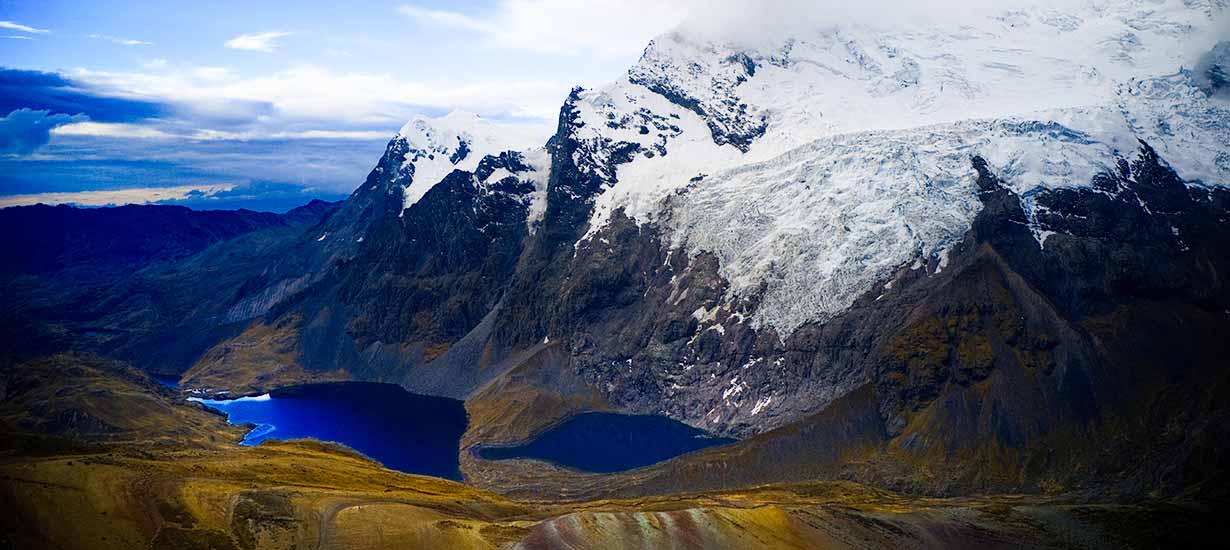 Anantapata Route, Ausangate | Source: Daniel Silva / PROMPERÚ
Anantapata Route, Ausangate | Source: Daniel Silva / PROMPERÚ
Salkantay: Mountaineers' favorite white gian
Salkantay, also located in Cusco, rises to 6,271 meters and is one of the most majestic mountains in the region. With its snow-capped peaks, it offers a formidable challenge for both climbers and hikers.
As an alternative to the famous Inka Trail to Machupicchu, the Salkantay Trek has gained popularity for its stunning landscapes. Spanning 70 kilometers, it offers trekkers breathtaking panoramic views of mountains and diverse ecosystems.
It is worth noting that this trek is considered the best route to Machupicchu by the renowned National Geographic website. It demands good physical condition and preparation to fully experience the journey. For those who embark on it, the Salkantay Trek offers both an adventure and a unique opportunity to connect with the land and its people.
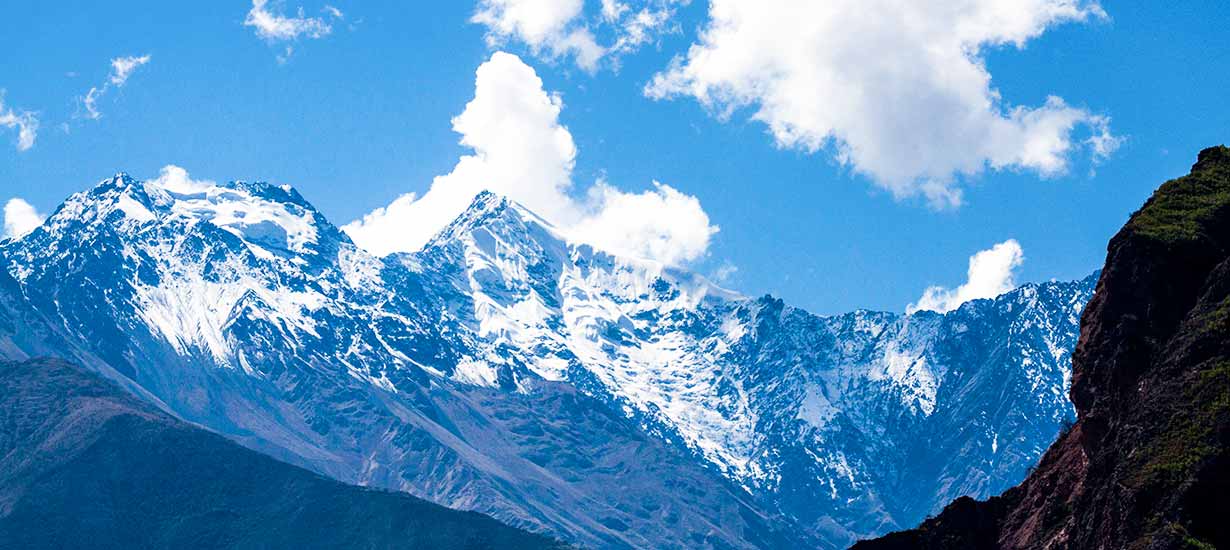 View of the Salkantay snow-capped mountain from the Curahuasi district | Source: Miguel Mejía / PROMPERÚ
View of the Salkantay snow-capped mountain from the Curahuasi district | Source: Miguel Mejía / PROMPERÚ
 Salkantay snow-capped mountain from the town of Soraypampa | Source: Enrique Nordt / PROMPERÚ
Salkantay snow-capped mountain from the town of Soraypampa | Source: Enrique Nordt / PROMPERÚ
Alpamayo: The most beautiful mountain in the world
Regarded as the most beautiful mountain on the planet by Alpinismus magazine in 1966, Alpamayo reaches 5,947 meters in the Ancash region. Unlike other peaks, it is not renowned for its height but for its nearly perfect pyramidal shape, making it a stunning icon for photography enthusiasts.
The symmetrical and striking shape of Alpamayo has earned global recognition, symbolizing the raw and breathtaking beauty of the Peruvian Andes. Climbing Alpamayo is highly technical and challenging, making it a destination for experienced mountaineers with excellent physical strength.
Pastoruri and Huandoy: Two Ancash gems
Huandoy, the fourth highest peak in Peru, rises to 6,395 meters above sea level. It is steeped in a tender legend shared with Huascaran, in which both a princess and a soldier were transformed into snow-capped mountains by the god of the Huaylas.
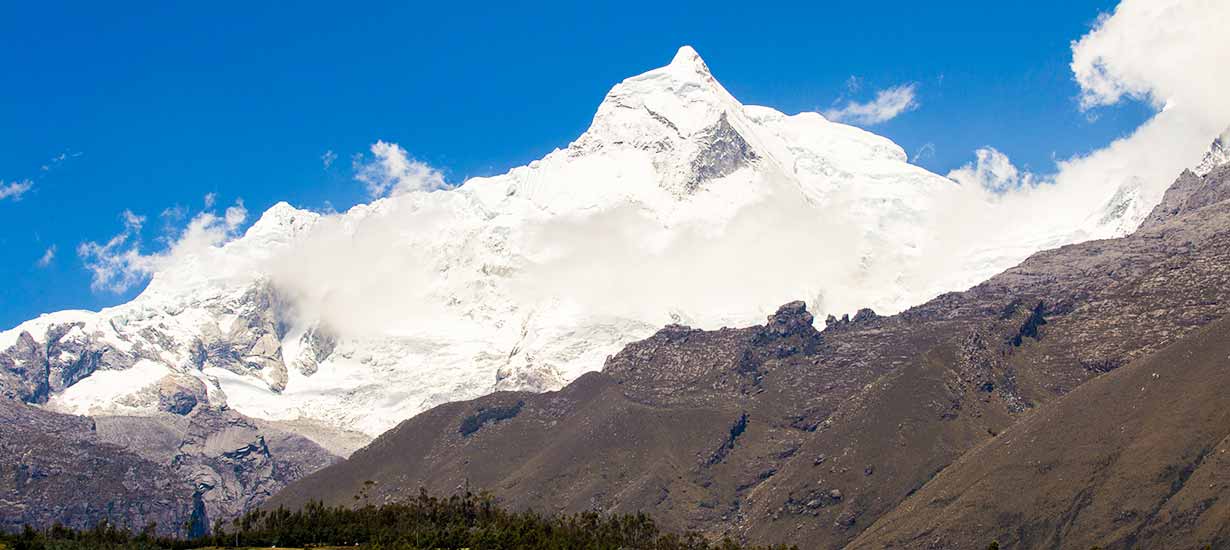 Huandoy snow-capped mountain | Source: Dickens Rondán / PROMPERÚ
Huandoy snow-capped mountain | Source: Dickens Rondán / PROMPERÚ
Pastoruri is one of the most famous snow-capped peaks in Peru. Standing at 5,240 meters above sea level, it attracts many climbers eager to conquer this majestic mountain.
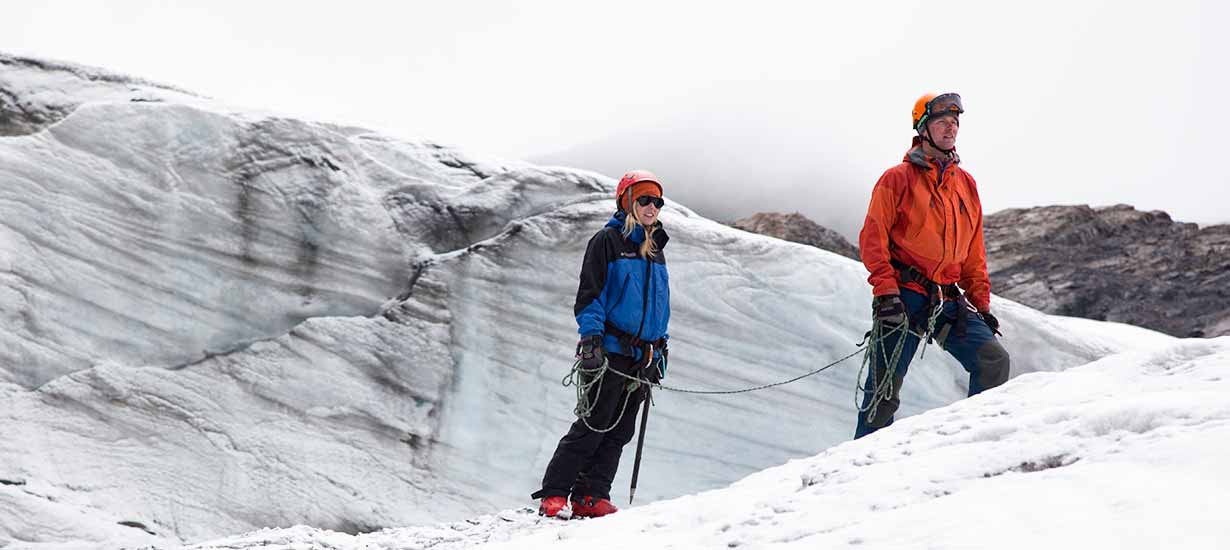 Climbing the Pastoruri snow-capped mountain in Huascaran National Park | Source: Alex Bryce / PROMPERÚ
Climbing the Pastoruri snow-capped mountain in Huascaran National Park | Source: Alex Bryce / PROMPERÚ
Rajuntay: The hidden treasure just a short distance from Lima
This mountain is closer than you might think. At 5,477 meters above sea level, Rajuntay offers the chance to experience its beauty and snow just 120 kilometers from Lima.
Just 4 hours from the capital, Rajuntay is located in Junin and is the perfect destination for trekking and photography enthusiasts. For a truly unforgettable experience, be sure to visit Pucacocha Lagoon, where you can marvel at the snow-capped mountain’s reflection in its crystal-clear waters—an incredible sight!
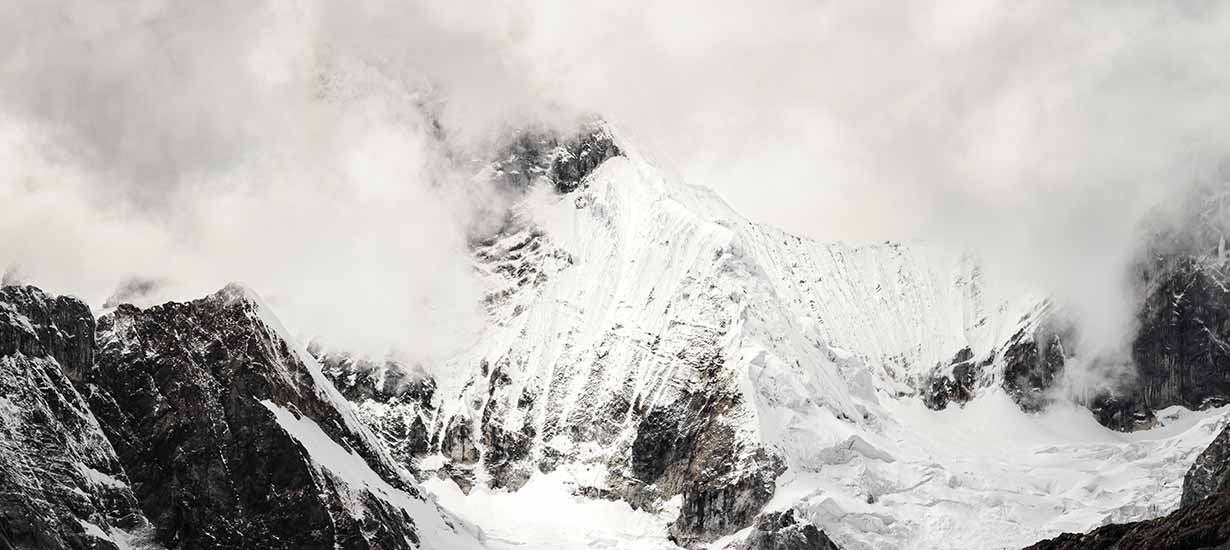 Rajuntay snow-capped mountain Nevado Rajuntay | Source: PROMPERÚ
Rajuntay snow-capped mountain Nevado Rajuntay | Source: PROMPERÚ
Peruvian mountains are more than just geological formations; they are guardians of history, spirituality, and unparalleled natural beauty. From the towering Huascaran to the stunning Alpamayo, these peaks offer unforgettable experiences for all types of travelers, making them must-visit destinations for anyone seeking a profound connection with nature.
International Mountain Day traces its origins to the 1992 United Nations Conference on Environment and Development. As awareness of the importance of mountains grew, the UN General Assembly designated 2002 as the International Year of Mountains. Following this, the Assembly officially proclaimed December 11 as International Mountain Day, beginning in 2003.


